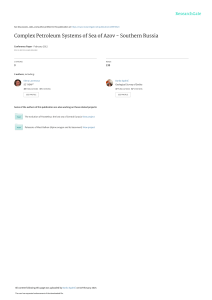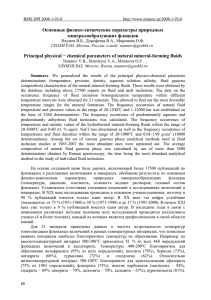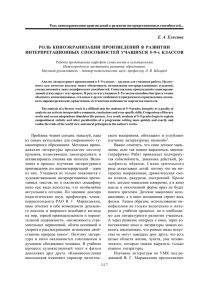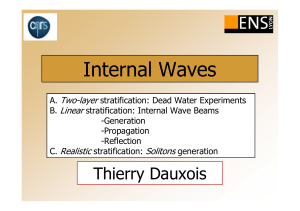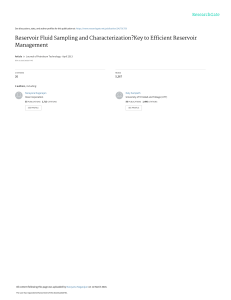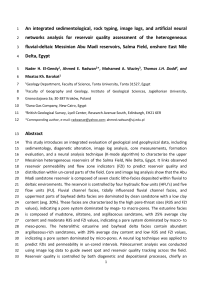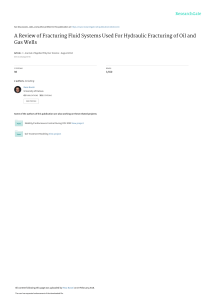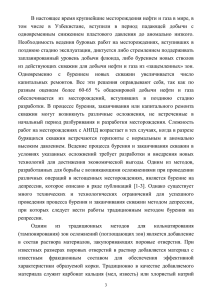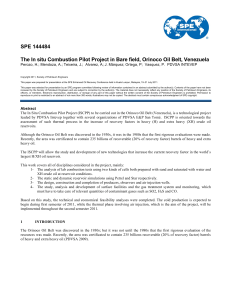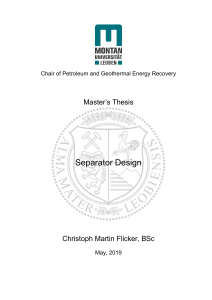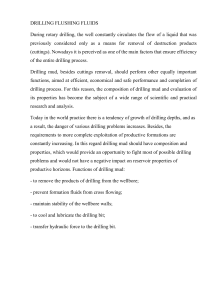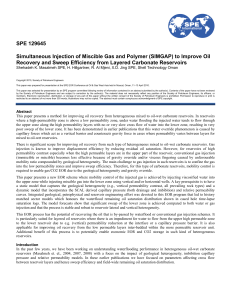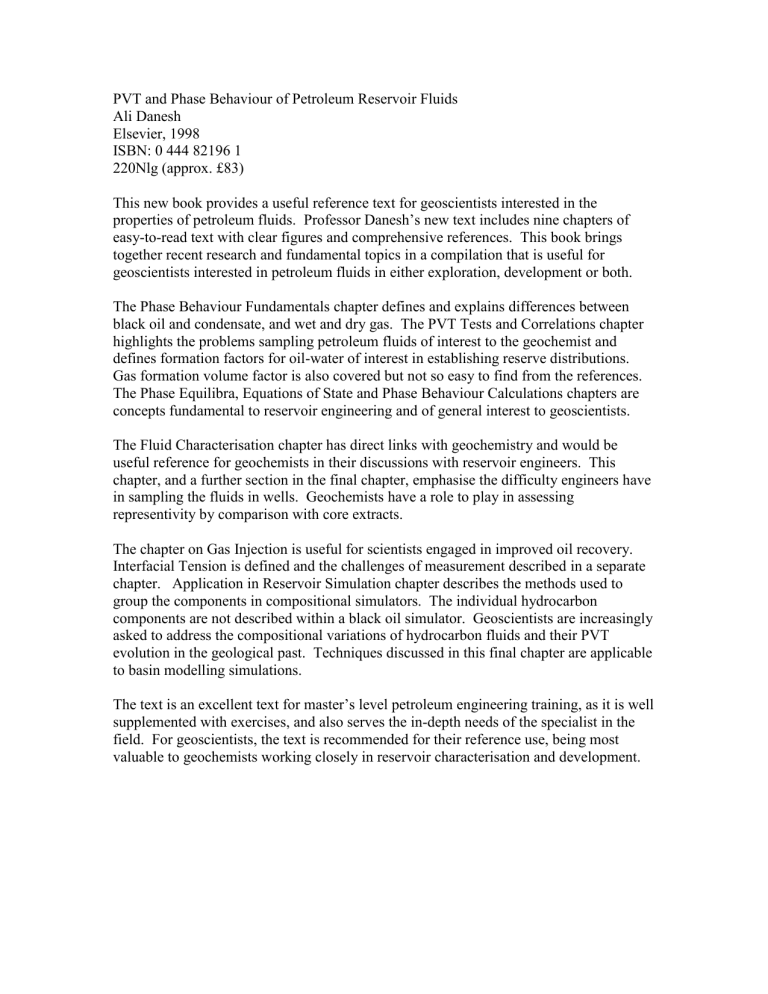
PVT and Phase Behaviour of Petroleum Reservoir Fluids Ali Danesh Elsevier, 1998 ISBN: 0 444 82196 1 220Nlg (approx. £83) This new book provides a useful reference text for geoscientists interested in the properties of petroleum fluids. Professor Danesh’s new text includes nine chapters of easy-to-read text with clear figures and comprehensive references. This book brings together recent research and fundamental topics in a compilation that is useful for geoscientists interested in petroleum fluids in either exploration, development or both. The Phase Behaviour Fundamentals chapter defines and explains differences between black oil and condensate, and wet and dry gas. The PVT Tests and Correlations chapter highlights the problems sampling petroleum fluids of interest to the geochemist and defines formation factors for oil-water of interest in establishing reserve distributions. Gas formation volume factor is also covered but not so easy to find from the references. The Phase Equilibra, Equations of State and Phase Behaviour Calculations chapters are concepts fundamental to reservoir engineering and of general interest to geoscientists. The Fluid Characterisation chapter has direct links with geochemistry and would be useful reference for geochemists in their discussions with reservoir engineers. This chapter, and a further section in the final chapter, emphasise the difficulty engineers have in sampling the fluids in wells. Geochemists have a role to play in assessing representivity by comparison with core extracts. The chapter on Gas Injection is useful for scientists engaged in improved oil recovery. Interfacial Tension is defined and the challenges of measurement described in a separate chapter. Application in Reservoir Simulation chapter describes the methods used to group the components in compositional simulators. The individual hydrocarbon components are not described within a black oil simulator. Geoscientists are increasingly asked to address the compositional variations of hydrocarbon fluids and their PVT evolution in the geological past. Techniques discussed in this final chapter are applicable to basin modelling simulations. The text is an excellent text for master’s level petroleum engineering training, as it is well supplemented with exercises, and also serves the in-depth needs of the specialist in the field. For geoscientists, the text is recommended for their reference use, being most valuable to geochemists working closely in reservoir characterisation and development.
